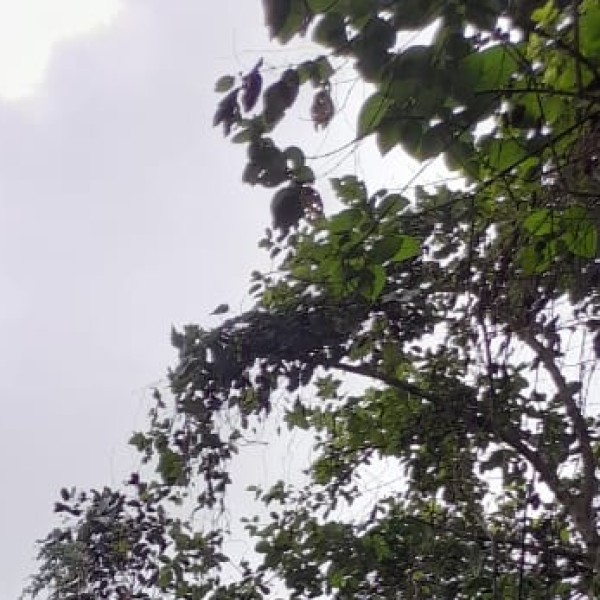Quick Facts
1. General Introduction:
- Location: Kulgam is a district in the Union Territory of Jammu and Kashmir, India.
- Formation: It was carved out as a separate district from Anantnag District in 2007.
- Administrative Headquarters: Kulgam town.
- Area: Approximately 1,067 square kilometers.
- Population: As per the 2011 Census, the district had around 424,483 people.
- Languages Spoken: Kashmiri (major), Urdu, Hindi, Dogri, and English (official languages after Jammu & Kashmir Reorganisation Act, 2019).
2. Geography:
- Topography: Kulgam is a hilly region with parts lying on the foothills of the Pir Panjal mountain range.
- Major Rivers: The Veshaw River (also called Veshev) — a major tributary of the Jhelum — flows through Kulgam.
- Climate:
- Summer: Mild and pleasant.
- Winter: Very cold with snowfall, especially in higher altitudes.
- Vegetation: Dense forests, apple orchards, and agricultural land dominate the landscape.
3. Economy:
- Agriculture: A major part of the local economy; main crops include:
- Rice
- Maize
- Apples (Kulgam is famous for its apple orchards)
- Walnuts
- Horticulture: Significant income source (especially apple and walnut farming).
- Handicrafts: Traditional Kashmiri crafts like shawl weaving, carpet making, and embroidery also provide employment.
- Tourism: Kulgam has several scenic spots, though political instability has limited full tourism development.
4. Administration:
- District Development Commissioner (Deputy Commissioner): Head of district administration.
- Subdivisions: Kulgam district is divided into several tehsils, including:
- Kulgam
- D.H. Pora
- Devsar
- Yaripora
- Frisal
- Municipal setup: Town areas governed by municipal committees.
5. Major Towns and Villages:
- Towns: Kulgam, Yaripora, Qazigund (gateway to Kashmir Valley), Devsar.
- Important Villages: Pahloo, Behibagh, Chawalgam, Kellam, and Ashmuji.
6. Connectivity:
- Roads: Well-connected by road to Anantnag, Srinagar, and Jammu.
- National Highway: Close to the NH-44 (Srinagar-Jammu Highway) via Qazigund.
- Rail: Nearest railway station — Qazigund Railway Station, linking Kulgam to Srinagar and Banihal.
- Air: Nearest airport — Srinagar International Airport, about 75–80 km away.
7. Tourist Attractions:
- Aharbal Waterfall: Known as the "Niagara Falls of Kashmir," a major tourist destination.
- Kausar Nag Lake: A high-altitude lake, considered sacred and a trekker’s attraction.
- Manzgam and Waltengoo Nar: Famous for their scenic beauty and springs.
- Spring of Kounsernag: Sacred to Hindus; important pilgrimage destination.
- Trekking and Camping: Popular in Pir Panjal mountain areas.
8. Education and Institutions:
- Colleges:
- Government Degree College, Kulgam
- Several government and private high schools and secondary schools
- Literacy Rate: Around 60% (as per 2011 Census).
9. Culture and Society:
- Religion: Predominantly Muslim population (Sunni Muslims mainly); with minor Hindu and Sikh communities.
- Culture:
- Deeply influenced by Kashmiri traditions — in language, dress (pheran), and festivals.
- Major festivals include Eid-ul-Fitr, Eid-ul-Adha, and Shab-e-Baraat.
- Cuisine: Typical Kashmiri dishes like Rogan Josh, Dum Aloo, Yakhni, and traditional Wazwan are popular.
10. Recent Issues:
- Security: Kulgam has seen periods of unrest and militant activity, especially after 2016.
- Development Challenges: Political instability has affected the pace of development and tourism.
- Government Focus: Recent efforts have been made to improve infrastructure, education, tourism, and horticulture under UT governance.
Quick Facts Table:
|
Feature
|
Detail
|
|
Headquarters
|
Kulgam town
|
|
Area
|
~1,067 sq. km
|
|
Population (2011)
|
~424,483
|
|
Main Languages
|
Kashmiri, Urdu, Hindi, English
|
|
Famous for
|
Apples, Aharbal Waterfall, Kausar Nag
|
|
Connectivity
|
Road (NH-44), Rail (Qazigund), Air (Srinagar Airport)
|
|
Climate
|
Cold winters, mild summers
|
